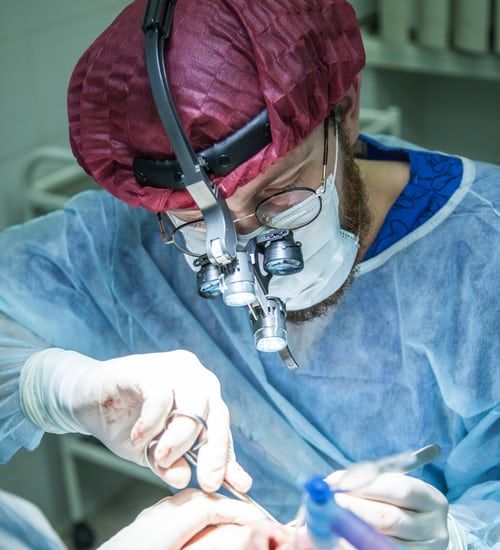Expect Huge Surge in Demand for Personal Protective Equipment in COVID-19 Hotspots
N95 masks are in high demand but so are surgical masks, isolation gowns, thermometers and disinfecting wipes.

More data to underscore a problem that infection preventionists and other healthcare workers battling the new coronavirus know too well: quickly depleting stores of personal protective equipment (PPE). COVID-19 has driven up demand by 17X the typical burn rate for N95 respirators, 8.6X for face shields, 6X for swabs, 5X for isolation gowns and 3.3X for surgical masks, according to a survey released today by the health care consulting company Premier.
The company surveyed 1591 hospitals from March 16 to March 20, with 42% of respondents saying that they had at least 1 confirmed case of COVID-19.
“Our data shows that many providers believed they were well equipped, only to see their stocks depleted in a matter of days as they started requiring increased use of PPE across a broader population of healthcare workers,” Michael J. Alkire, Premier’s president said in a press release. “In providing new information on surge needs, we hope more hospitals will better understand what’s ahead so they can begin conserving supplies and adjusting their overall plans before they have a confirmed case.”
The supply of N95 respirators was listed as a top concern, no surprise there. According to the United States Conference of Mayors, cities need 28.5 million face masks, 24.4 million other pieces of PPE equipment, 7.9 million COVID-19 test kits, and 139,000 ventilators.
President Trump recently vowed that infection preventionists and other healthcare providers will get more respirators, and he evoked the Defense Production Act to get General Motors to produce more.
And earlier this week a company called Battelle announced that the US Food and Drug Administration approved its machine that the company says can decontaminate up to 80,000 used respirators a day. The Battelle decontamination machine uses vapor phase hydrogen peroxide to decontaminate the masks.
The Premier survey compared the number of respirators the hospitals used before and after a confirmed case of COVID-19. The average respondent had 23 days-worth of N95 respirators on hand. Those with an active COVID-19 patient found themselves with just 3 days-worth of N95s left.
But the supply of N95s wasn’t the only concern and Alkire said that “backorders for surgical masks, isolation gowns, thermometers and disinfecting wipes are surging and quickly surpassing demand for N95s. This is an early warning signal of product shortages that may be on the horizon and need to be planned around.”
“Ongoing Assault”: How HHS Layoffs Have Eviscerated Infection Prevention Support Across the Nation
April 1st 2025Mass layoffs at HHS and CDC have gutted critical infection prevention programs, leaving frontline professionals overwhelmed, under-resourced, and desperate to safeguard public health.
Unmasking Long COVID: Dr Noah Greenspan on Recovery, Research Gaps, and the Future of Treatment
March 18th 2025Dr Noah Greenspan discusses the evolving understanding of long COVID, current treatment strategies, diagnostic challenges, and the critical need for research and awareness in post-viral syndromes.